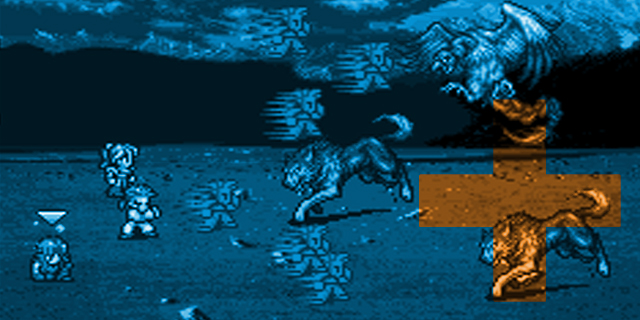
In 1994, Final Fantasy VI was released and quickly became one of the most popular and successful games in the franchise. It was remembered for many things, including its strong cast of characters and fantastic villain, but I remember it for being the first game that took a bold step forward and attempted something that, to me, had never been done before. The game’s central antagonist, Kefka, had actually succeeded in his plan and destroyed the world, killing off many people, animals, and plant life. This was a bold move, one that gave the player a reason to keep fighting and eventually defeat Kefka. Most importantly of all, it provided a post-apocalyptic world for players to explore.
Since Final Fantasy VI and the release of other popular post-apocalyptic games such as the original Fallout, I’ve always loved the end of the world scenario. And yet, despite this obviously-popular design trope, I feel there hasn’t been enough done to further expand on what could be the most impactful and atmospheric of any game setting. No matter whether the world is real or fictional, throwing players into a post-apocalyptic world will always opens the door to plenty of potential. Final Fantasy VI succeeded because it did something unexpected and, after many hours of success, the heroes’ journey ultimately ends in failure at that point. But it was also an RPG that allowed players to get the full picture; the before and the after. In order for non-RPGs to succeed at providing a memorable and well-designed post-apocalyptic setting, they need to take advantage of the situation and not simply use it as a backdrop for another generic action game.
The most popular trend among developers is to introduce some kind of enemy. This is usually an unnatural or inhuman foe that is either the cause of the apocalypse or was created as a result of it. Metro 2033, a fantastic game that relies heavily on atmosphere to tell its story, focused on the latter. It was a linear experience, but despite having some iffy shooting mechanics, it succeeded thanks to its ability to show players a post-apocalyptic world that was still being held together by the people who lived in it. Even characters you spent a short time with felt fleshed out and further immersed you in a world that, by its mere nature, is terrifying. Add some nightmarish creatures to the mix and you have a recipe for a successful (and memorable) post-apocalyptic experience.
That being said, we all know the most overused example of the apocalyptic monster: zombies. Zombies have become almost a running joke in the industry, and yet we continue to see them pop up in game after game. Why? Because they’re easy. They provide players human-like enemies to kill without giving them the chance to kill actual humans, and they are often included, not as a creative choice, but out of sheer laziness or lack of ambition. And with so many varieties of zombies out there these days, there will never be a shortage of zombie games.
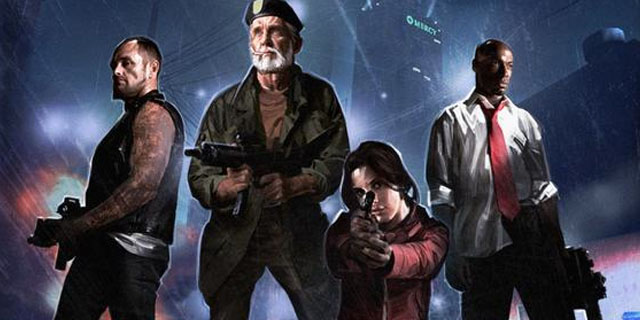
That’s not to say all games that rely on zombies are bad, but if you’re going to use them, you need to try something a little different. Left 4 Dead mostly never focused on scares or atmosphere, but it (and its sequel) succeeded in creating a fun multiplayer shooter that was different from the typical FPS you might find nowadays. It made a game about survival fast-paced and accessible. Nobody cares that you’re fighting zombies, they just care about surviving, leaving you with a game that manages to escape the “just another zombie game” fatigue. It’s rarely atmospheric or emotionally engaging, but it shows how you can make a post-apocalyptic experience fun while still allowing the setting to add to the experience.
Left 4 Dead is merely an example of how to turn a dull concept into something entertaining, but you can do so much more with post-apocalyptic settings, even if zombies are involved. Telltale’s new episodic game series The Walking Dead is the perfect example of how you handle that concept in an interesting manner. It’s not an action game, and the action sequences that do exist are handled very differently from a typical game of its nature. Like with Left 4 Dead, it’s less about the enemies themselves and more about the act of survival. It delivers as many tense moments as it does quiet ones, but thanks to the game’s choice system, you have to worry as much about the people around you as much as you do about the zombies.
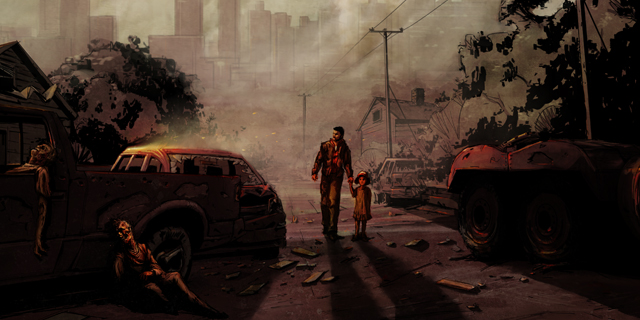
This brings me to the most important element of post-apocalyptic stories: the human element. I’m fine with zombies or creatures in games as antagonists, but they are relied on too often and can easily ruin an otherwise interesting experience. Humans, on the other hand, are flawed creatures with many different facets to explore. Throw them into a world that’s gone to hell and you have the opportunity to explore those facets to their fullest. Even with zombies ravaging the Earth, The Walking Dead has succeeded so far based entirely on its characters and their interactions. At any moment a character you cared about could be lost or even turn on you. There are even times where it becomes apparent that other survivors are more dangerous than the undead that created the problem in the first place.
This is what gives me hope for Naughty Dog’s upcoming game, The Last of Us. Although it also features zombie-like creatures, recent showings have indicated that it also focuses on the human element. Survival is the key concept once again, and based on the E3 demos, it seems that every situation will have multiple ways to deal with them. Supplies are limited, including ammo, which would ratchet up the intensity during every encounter. This is what makes post-apocalyptic games so enjoyable. Even if The Last of Us is linear, it can still deliver an experience that we don’t often see: one that focuses less on gunfights and action sequences and more on merely trying to survive while delivering a quality narrative that one would expect from a Naughty Dog game.
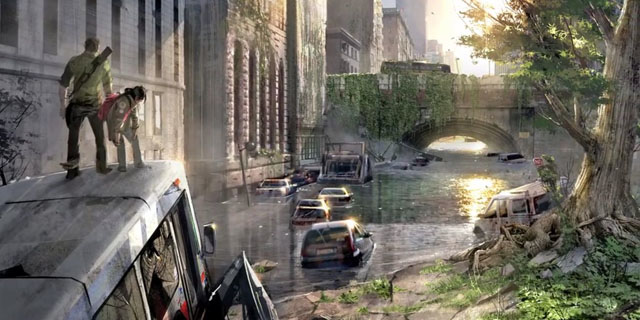
It seems that developers understand how to properly handle the post-apocalyptic setting more and more these days, which is an exciting prospect. Even if we see a large amount of games that would fit in the “post-apocalyptic” category, we rarely see ones that truly benefit from this setting. Destroying the world is one thing, but actually managing to create an impactful experience from it is something entirely different. Not every game needs a Kefka or a horde of zombies, but they do need a hook; something that allows the setting and the impact of this new, horrific world on ordinary people to speak for itself.



















